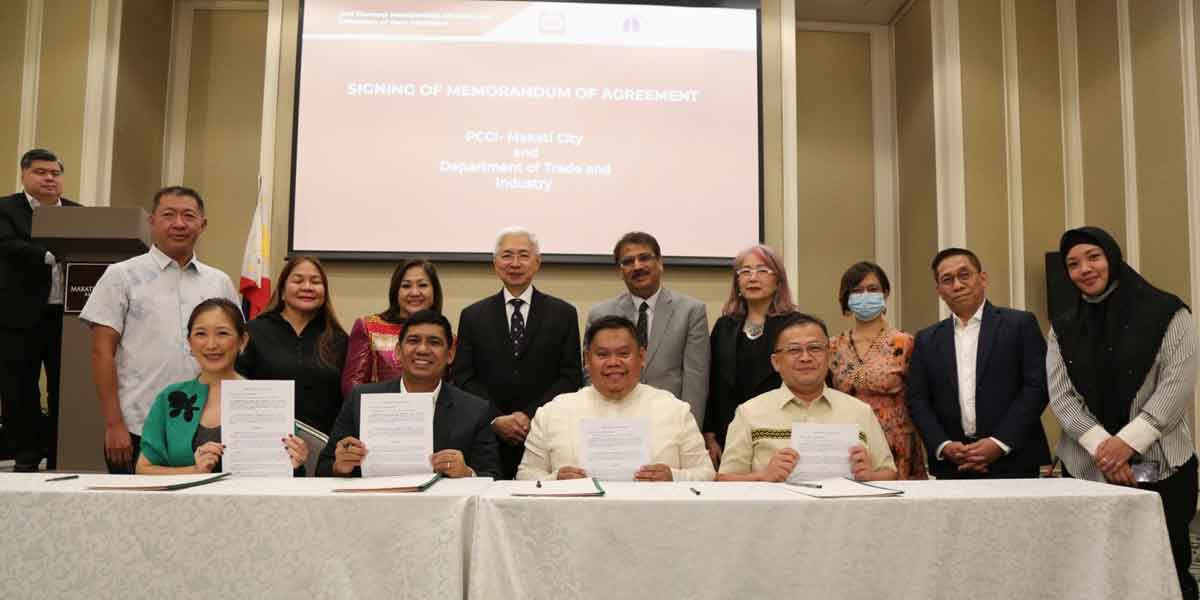 By Herbert Vego
By Herbert Vego
WE elected Rodrigo Duterte president in 2016 because of his promise for change, as in ending the flow of illegal drugs and stopping graft and corruption. After almost six years since then, these problems have, on the contrary, escalated.
We are not giving up, not with the ongoing phenomenal groundswell of support for Vice-President Leni Robredo, who is running for President in election 2022. Her rise in popularity could no longer be drowned by paid surveys showing another candidate leading. We have seen with our naked eyes numerous volunteer groups rolling down the streets on “pink” caravans in the cities and municipalities seven months ahead of the May 9, 2022 election.
Don’t they echo the people’s outcry for another change in national governance?
VP Leni resonated that outcry in a portion of her October 7, 2021 speech vowing to free our nation from tyranny:
“Kung gusto nating tunay na makalaya sa ganitong sitwasyon, hindi lang apelyido ng mga nasa poder ’yung dapat palitan; ’yung korhupsiyon, ’yung incompetence, ’yung kawalan ng malasakit, kailangang palitan ng matino at mahusay na pamumuno.“
The vice-president’s declaration of hope amid turbulence reminds me of the book Outcry for Change by an engineer from Sebaste, Antique, the late Eugenio Galido, who had spent most of his life in the United States looking for, and finding, the proverbial greener pasture.
In that book released in 1997, Galido wrote highly of our national hero, Dr. Jose P. Rizal, as our initial hope, whom history had called “pride of the Malayan race” – having descended from Malaysian, Indonesian and Bornean ancestors.
He said, however, that it would be anachronistic to refer to us Filipinos as Malayans, since we had already shed off most of our similarities with them – except our color and physique.
It’s only in Mindanao – where Islam is the majority religion – that our Malayan identification prevails.
In Outcry for Change, Galido held that we could have remained content with our “fate” as a colony; that the shift from Spanish to American domination of the Philippines could not have transpired had Spain ruled justly in 333 long years.
Rizal, who belonged to the last generation of Spanish-governed Filipinos, had warned that a sudden withdrawal of colonizers could precipitate political instability reminiscent of what had transpired in Mexico.
Originally inhabited by the Mayas (an agricultural people), Mexico was already the site of an Aztec civilization boasting of giant stone pyramids when Spanish conquistador Hernando Cortes invaded it in 1519 to kick off three centuries of Spanish rule. By the time the natives declared independence in 1823, they had lost the ability for self-governance.
The Filipinos’ discontent with the Spanish governors-general and the friars drove them to collaborate with the Americans. Let us summarize nuggets of history as revealed by Galido.
In 1901, U.S. President Warring Harding became wary of Emilio Aguinaldo, who had proclaimed himself the first President of the Philippine Republic. He authorized Governor-General William Howard Taft to capture Aguinaldo, who fell in the hands of Col. Frederick Funston of the Kansas Volunteers to the Philippines.
Asked why they could not trust Aguinaldo, Funston replied, “He’s a would-be dictator presiding over a drunken and uncontrollable mob.”
“It was also the long-standing hatred of Filipinos against the land-grabbing Spanish clergy who exploited local peasants,” Galido wrote, “that moved Funston to play his role in the colonial war.”
Under American rule in 1901, the Philippine government bought most friar lands for the then princely sum of P14,474,000.00.
If history had not unfolded the way it did, what path could we have trodden?
What if we have retained our Malayan identity? Could we have preserved our rain forests and wildlife that still distinguish Borneo from other countries today?
The Banawe Rice Terraces, for many years known as one of the Seven Wonders of the World, had served as testament to our bayanihan or cooperative nature.
What if the United States subjugated us to become its 51st state? Could the Philippines have been run like heaven?
In 1931, US President Herbert Hoover announced that most Filipinos in the Philippines would prefer representation in the US Congress first as a prerequisite to eventual independence.
By then, however, as a member of an “independence mission” in Washington DC, Manuel Luis Quezon was fighting for the passage of a law, the Tydings–McDuffie Act, creating the Commonwealth of the Philippines. He declared, “I prefer a government run like hell by the Filipinos to a government run like heaven by the Americans.”
Franklin Delano Roosevelt (US President in 1933 to 1945), sensing Quezon’s passion for leadership, eventually agreed with him.
Quezon was elected president of the Philippine Commonwealth on September 17, 1935.
Some of us now believe that Quezon was wrong; and that Rizal had been correct in writing about the “indolence of Filipinos” as a stumbling block to self-governance.
Had Japan bested the United States in World War II (1941-45) could we have shed off our “indolence” and adopted the Japanese traits of diligence, delicadeza, and incorruptibility?
Author Galido thought so.
As for us today, hope springs eternal for the emergence of a leader who would forge what could have been but has never been – a government run like heaven by a Filipino.




















